Humming Blog |
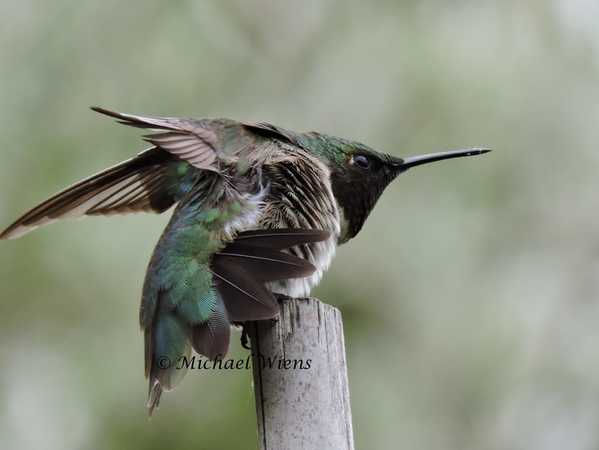 Here Ziggy sits fearlessly, in the open garden, for the world to see him. He guards his territory with a keen eye, and not a leaf will fall without him being aware of it. He preselects every perch around his territory to keep a lookout for every female that will show up in Spring. His territory is extensive, but in regions where hummingbirds are sparse, a male may cover several square miles each and every day on the lookout for the arriving females. Because the male plays absolutely no part in the raising of young, the hummingbirds' population can do extremely well even with a low male population. One male may seek out 20 or more females in one breeding season, and therefore be responsible for the explosion of young hummingbirds that will appear at the end of the season in your garden. In the meantime, Ziggy carefully watches over his garden and preens his majestic feathers so they'll be in pristine shape for when that time arises that he'll have to display the most impressive ritual in attracting another mate. This is Ziggy's common perch. He chose this tall standing bamboo situated among the flowers, and when he's ready to move on to the next lookout post, he'll stretch every muscle throughout his body and disappear in a flash. There's really no way for me to confirm that this young male is the offspring to Ziggy, but if I was a betting man I'd say there's no question. He's been the dominant male for the last two years at least, and now I'm only five months away from hopefully seeing his return. Ruby-throated hummingbirds, N.E. of Edmonton, May and August 2016.
2 Comments
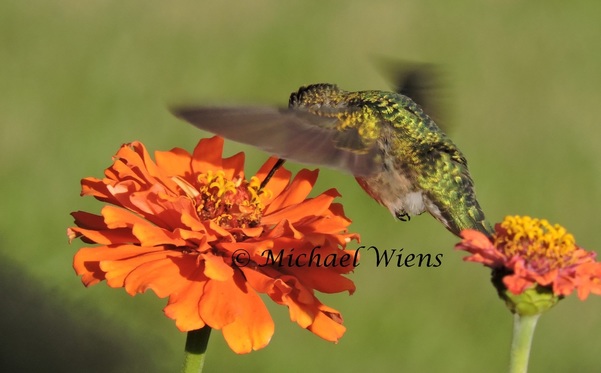 I'll be the first to admit that I'm not a great photographer, but what I can say is that I understand hummingbirds extremely well. I spend an enormous amount of time watching and studying their behavior to the point where you recognize patterns in everything they do. How they interact with each other, directions they come and go, how and what they feed on, resting locations, temperatures when they're more active and so much more, allows you to develop a significant knowledge about every part of their existence. When you see something that really stands out, it's worth recording. Over time you start seeing similarities that reoccur time and again, and with enough time invested in studying each intricacy, you're able to draw very accurate conclusions. My point in this is that once you understand their behavior, it allows you to understand the locations that a hummingbird will return, the time span between each visit, the amount of time it'll spend at each flower or feeder, and this will allow you to prepare your temporary photo station. When the hummingbirds first arrive in Spring I don't grab my camera and start chasing hummingbirds around the yard. I watch and observe their favorite perches, flowers, feeders, and measure the time between each. When you know this information more accurately, you'll know the amount of time needed to set up and capture some images. Ultimately these are creatures of habit. Although each one is unique in behavior, they're not that complicated to understand. Secondly, know your camera. I believe that most people don't understand even half of what their camera has to offer, whether cheap or expensive. It's a great idea to take pictures under every setting and under every light condition to determine pros and cons of each one. This is a mistake I made repeatedly. You will have a very limited time when the opportunity arises. You have to be ready with the right setting or you'll miss it. Trust me, I've missed far more pictures than what I've captured, and those are the ones that really hurt. Finally, anticipate their next move. They can hop so quickly from one flower to another that by the time you point, focus and shoot, they're at the next flower. So read the situation seconds ahead. Anticipate their next move and focus on that next flower. This allows you a few more seconds to focus on exactly what you want for when that moment arrives. That moment may be very short, but you'll be expecting it. 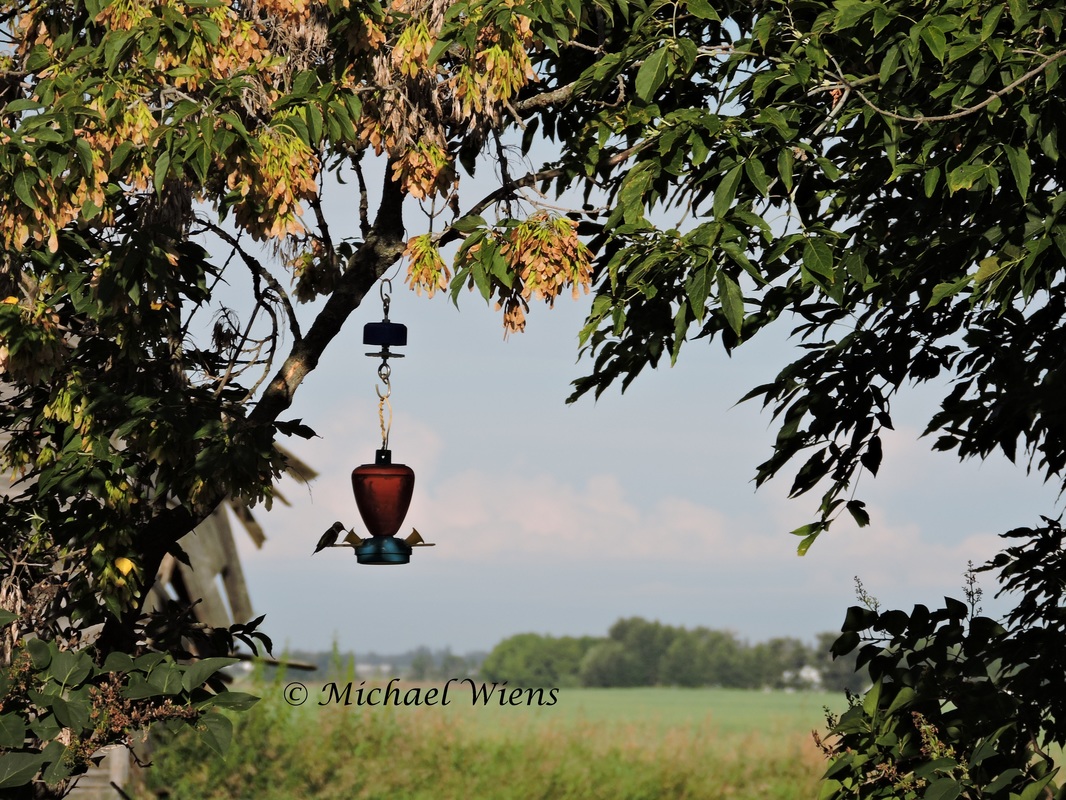 Do hummingbirds have a preference of feeder locations? Absolutely. Any feeder is better than no feeder, but when you choose locations, choose wisely. First of all, I would NEVER limit myself to just one feeder. The more feeders, the better the coverage of your yard, and when hummingbirds know they can travel to just one yard and have 10 choices to feed from, they will choose that location over all the others. Where should I hang the feeders? Don't limit yourself to just one shaded spot, or just one sunny location. They all have their purpose. Shaded locations will allow for a longer nectar life before changing, while open sunny locations are a fantastic way to attract hummingbirds passing through. All hummingbirds will eventually search out each one of your feeders and keep them open for options in case their favourite feeder is empty, covered in ants or bees, or occupied. I have studied countless hummingbirds and they do have preferences, but this doesn't mean you should only place feeders under the trees like the one imaged. They typically like these best because it allows them to feed with a protective cover from the sun and other hummingbirds, and the adult females especially like the hidden feeders because they like to slip into the yard to get a feed and leave without being noticed. When you have a dominant male hanging around, he'll choose his favourite to sit by and relax, but during mating season he will frequent every feeder to make sure he hasn't missed a female arriving, or another male invading his territory. If you have a dominant male during mating season, he'll perch where he wants. He'll have NO fear and often times sit atop the highest tree. He's the only one that will do this unless he has a challenging male for his territory. So the best option is to have a complete coverage of your yard. You need attractor feeders to draw their attention, and you need some hidden feeders under trees or alongside buildings. It's nearly impossible to use one single feeder to draw attention to every passing hummingbird unless it's situated in the middle of a field. So make your property visible from all sides to attract the hummingbirds. In the end they'll choose their favourite, but if David has 1 feeder option and Martha has 12, even a hummingbird will choose the greater options. This just simply allows them more food options without having to spend much energy travelling between each location. My only suggestion is to spread feeders apart. One dominant male during mating season will take over all feeders if they're too close together. Keep them a distance apart or separated by bushes, or buildings to allow for more birds to feed simultaneously. Too much fighting often times sends the weaker or fearful birds to another location. 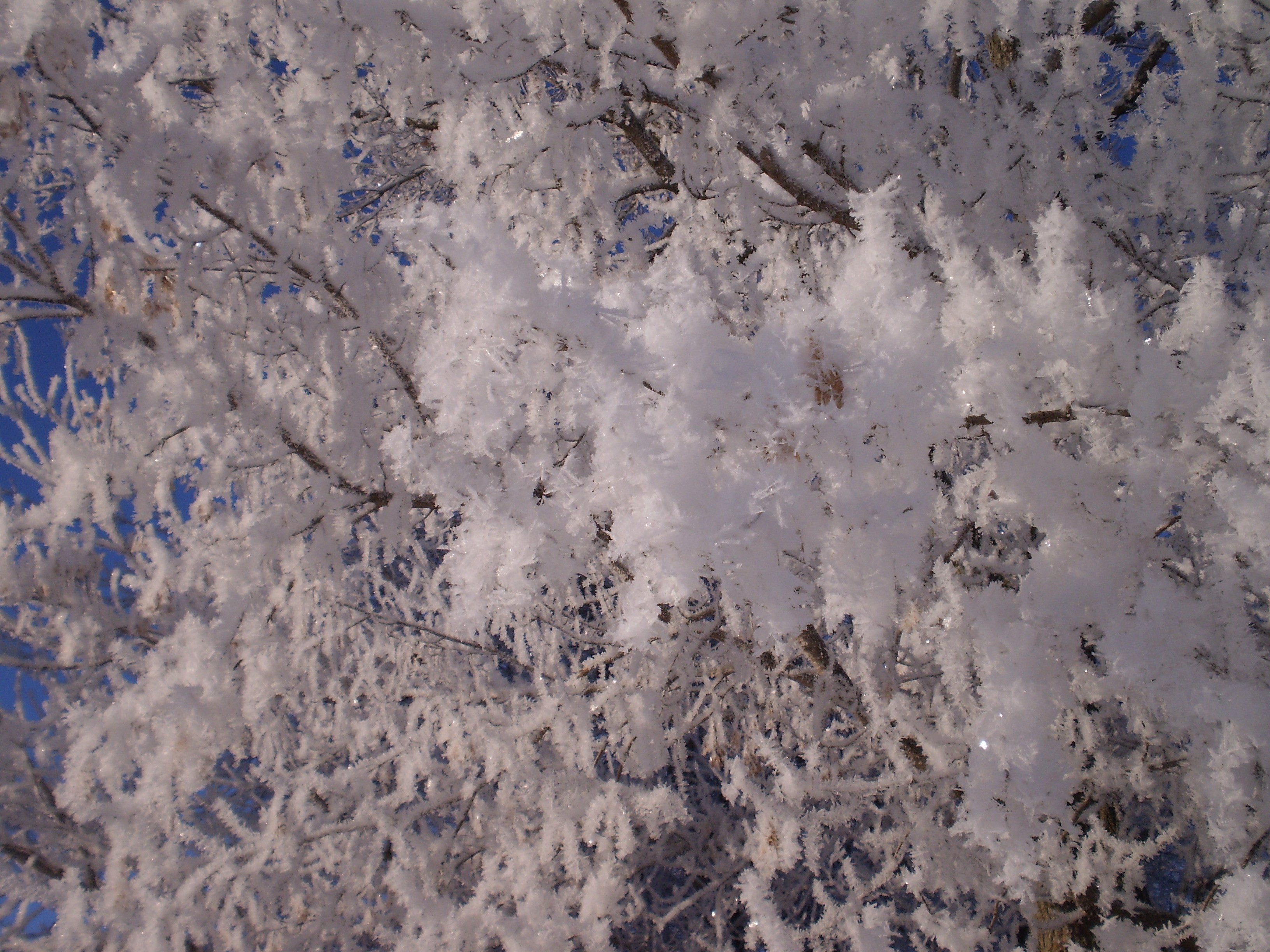 After October's snow piled up, November's warm temperatures melted every bit of snow that had previously fallen. Temperatures then sunk below freezing and remained there until every puddle and pond was harder than a hockey puck. Every bit of green growth was now brown and flattened to the earth. No liquid moisture appeared anywhere. The next morning displayed a clear blue sky with a thick blanket of frost that was formed on every branch in sight. The high humidity and cold temperatures were sculpted into the most spectacular hoar-frost I'd seen. Razor sharp edges and lethal points of crystalized moisture weighed down the bare branches. It was when I saw a House Sparrow crunching on the hoar-frost, that I developed an even deeper respect for how creation has so meticulously been thought out. Provisions are made for birds and animals during the harshest of conditions, and even during the driest season, a blanket of moisture was layed out for them. Sometimes we see tragic results and a loss of life within various species across the world, but in the end, after each Spring we see renewed life, and it all begins again. We can often times assume we know how to take care of nature when one of them is caught in a difficult circumstance, but in reality we don't see the big picture. We can't provide for what lies ahead when we don't know what that is, yet every year life begins anew. |
Archives
June 2024
Categories
All
|
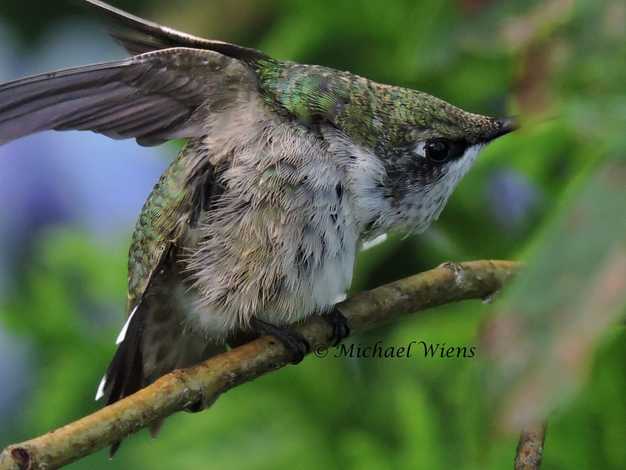
 RSS Feed
RSS Feed
